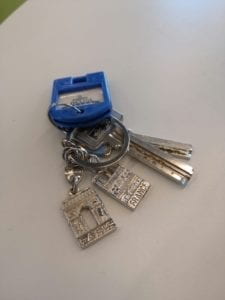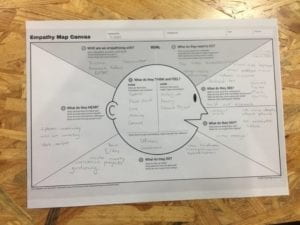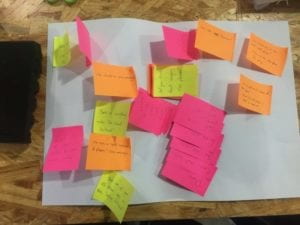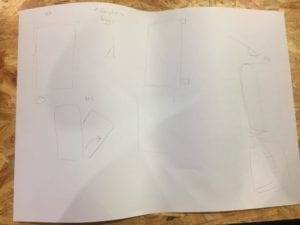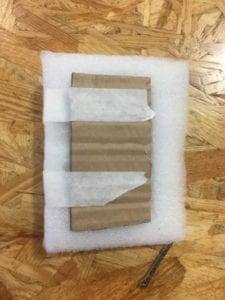I decided to focus on a lot of the natural habits that I have especially after reading “Question Everything” and noticing how oblivious I can be towards different behaviors and so I thought it would be the most intriguing to be more observant of things I do myself because I am most oblivious to my own actions.
- The first thing I noticed was that I often used my laptop case as a way to cushion my laptop when working on a table or also a way to help with preventing heating up my laptop. I think using my laptop case is already a potential solution to the problems or worries that i have with my laptop but another solution could be trying to find a laptop stand or such that is more dedicated to the functions of intended use that I have.
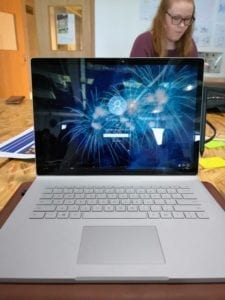
2. Another habit I’ve noticed is that the water bottle slot on the side of my backpack is used for everything BUT my waterbottle. I often end up putting my tissues or trash there as a convenient spot to hold things I will be putting in and out of my bag often. A possible design solution would be to add another side pocket to my backpack that is specifically for putting things conveniently instead.
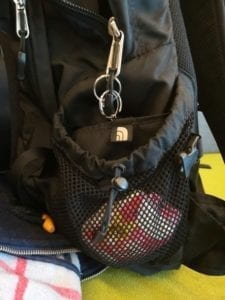
3. The third thing I noticed is that I often look for my keys by looking through my bag for my keychain rather than the keys itself. I think this is quite universal but I thought it was interesting to think that a keychain, which isn’t necessarily meant to be used as a indicator or tag for keys, is what I look for more than the keys itself. I guess a way to solve this is to possibly create a separate pocket for my keys rather than using my keychain. However, I do also think that the keychain is a solution to my problem finding my keys.
